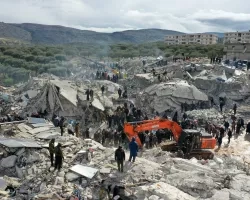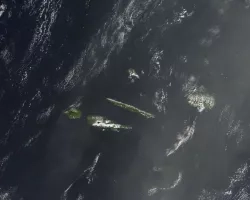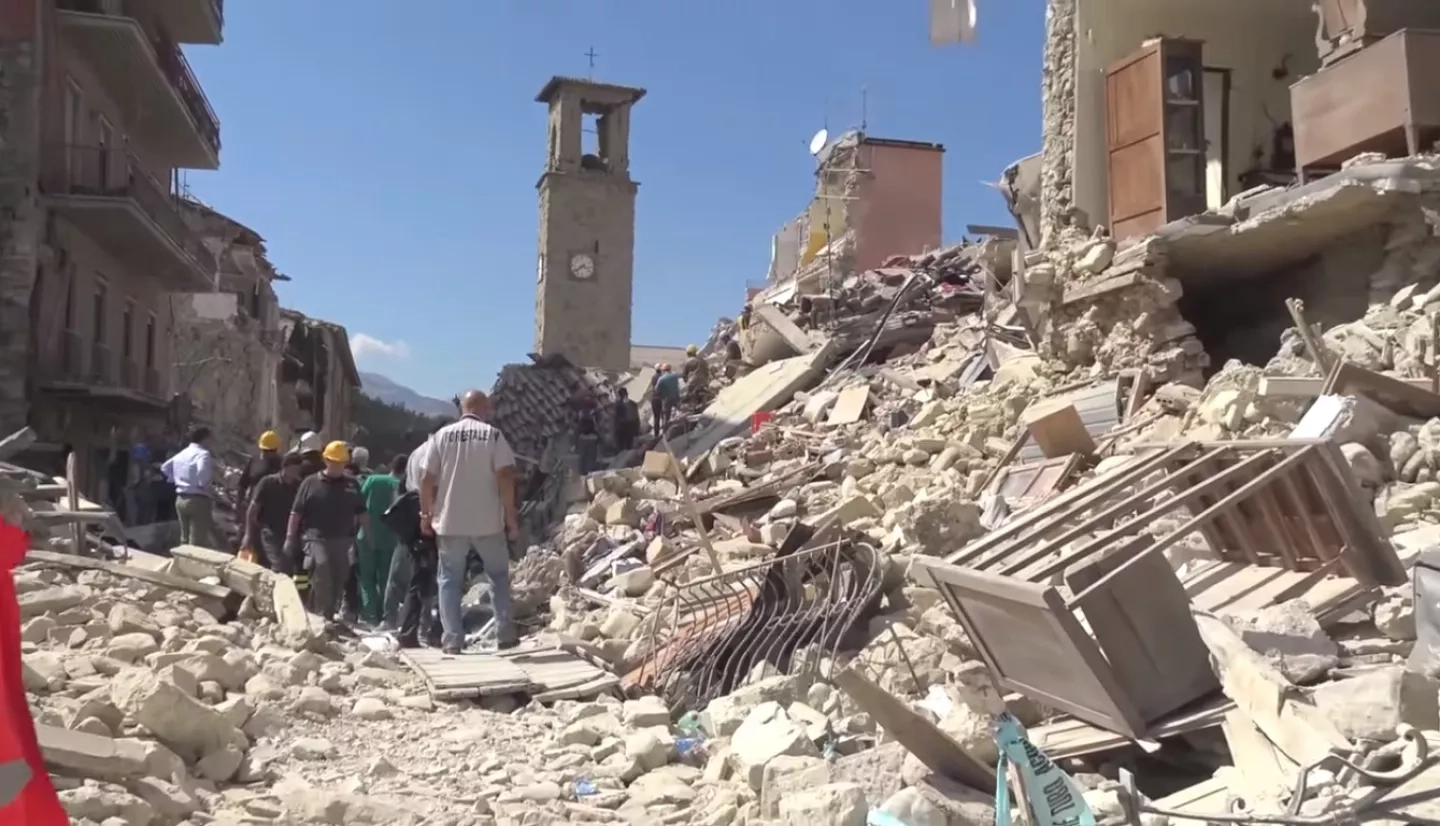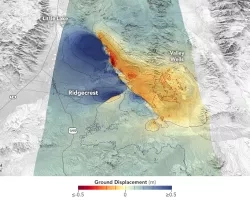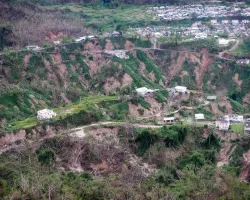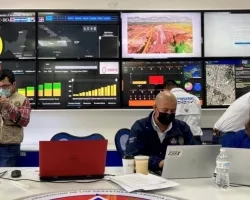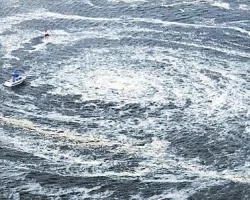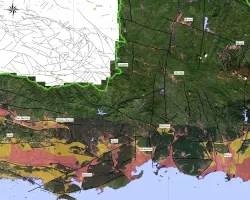During earthquake response and recovery we can help identify damaged infrastructure, support search and rescue, and determine other impacts with our expertise in sensor networks and remote sensing.
Large-magnitude earthquakes near cities and towns can cause catastrophic devastation, destroying buildings and infrastructure. Earthquakes near coastlines or under oceans can generate tsunamis severe enough to cause extensive damage to coastal regions. Since 2015, more than 10,000 people around the world have died from earthquakes and tsunamis.
Meanwhile, aftershocks — subsequent earthquakes that occur after the initial event — may continue for weeks, causing additional damage and hampering recovery.
NASA Advanced Rapid Imaging and Analysis (ARIA) uses radar and optical remote sensing, GPS and seismic observations to investigate earthquakes. With ARIA, maps of an earthquake can be made within a day to several days afterwards, depending on the availability of earliest post-earthquake radar observations.
NASA can also apply its airborne instruments to assess earthquake impact. These instruments include:
Optical:
- Airborne Visible / Infrared Imaging Spectrometer (AVIRIS)
- Airborne Visible InfraRed Imaging Spectrometer - Next Generation (AVIRIS-NG)
Radar:
- Uninhabited Aerial Vehicle Synthetic Aperture Radar (UAVSAR)
Light Detection and Ranging (LiDAR)
- Airborne Snow Observatory (ASO)
